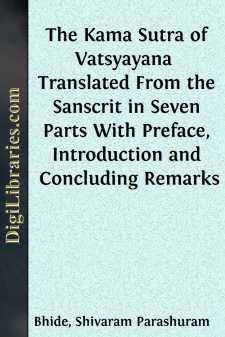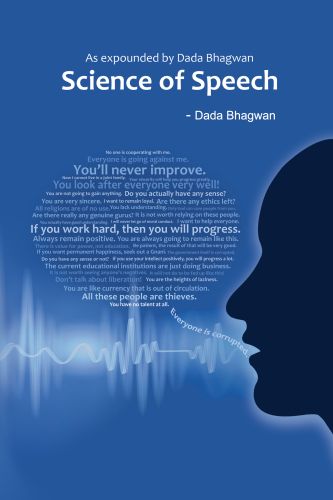Categories
- Antiques & Collectibles 13
- Architecture 36
- Art 48
- Bibles 22
- Biography & Autobiography 813
- Body, Mind & Spirit 142
- Business & Economics 28
- Children's Books 15
- Children's Fiction 12
- Computers 4
- Cooking 94
- Crafts & Hobbies 4
- Drama 346
- Education 46
- Family & Relationships 57
- Fiction 11828
- Games 19
- Gardening 17
- Health & Fitness 34
- History 1377
- House & Home 1
- Humor 147
- Juvenile Fiction 1873
- Juvenile Nonfiction 202
- Language Arts & Disciplines 88
- Law 16
- Literary Collections 686
- Literary Criticism 179
- Mathematics 13
- Medical 41
- Music 40
- Nature 179
- Non-Classifiable 1768
- Performing Arts 7
- Periodicals 1453
- Philosophy 64
- Photography 2
- Poetry 896
- Political Science 203
- Psychology 42
- Reference 154
- Religion 513
- Science 126
- Self-Help 84
- Social Science 81
- Sports & Recreation 34
- Study Aids 3
- Technology & Engineering 59
- Transportation 23
- Travel 463
- True Crime 29
The Kama Sutra of Vatsyayana Translated From the Sanscrit in Seven Parts With Preface, Introduction and Concluding Remarks
Categories:
Description:
Excerpt
PREFACE.
In the literature of all countries there will be found a certain number of works treating especially of love. Everywhere the subject is dealt with differently, and from various points of view. In the present publication it is proposed to give a complete translation of what is considered the standard work on love in literature, and which is called the 'Vatsyayana Kama Sutra,' or Aphorisms on Love, by Vatsyayana.
While the introduction will bear with the evidence concerning the date of the writing, and the commentaries written upon it, the chapters following the introduction will give a translation of the work itself. It is, however, advisable to furnish here a brief analysis of works of the same nature, prepared by authors who lived and wrote years after Vatsya had passed away, but who still considered him as a great authority, and always quoted him as the chief guide to Hindoo erotic literature.
Besides the treatise of Vatsyayana the following works on the same subject are procurable in India:—
- The Ratirahasya, or secrets of love.
- The Panchasakya, or the five arrows.
- The Smara Pradipa, or the light of love.
- The Ratimanjari, or the garland of love.
- The Rasmanjari, or the sprout of love.
- The Anunga Runga, or the stage of love; also called Kamaledhiplava, or a boat in the ocean of love.
The author of the 'Secrets of Love' (No. 1) was a poet named Kukkoka. He composed his work to please one Venudutta, who was perhaps a king. When writing his own name at the end of each chapter he calls himself "Siddha patiya pandita," i.e., an ingenious man among learned men. The work was translated into Hindi years ago, and in this the author's name was written as Koka. And as the same name crept into all the translations into other languages in India, the book became generally known, and the subject was popularly called Koka Shastra, or doctrines of Koka, which is identical with the Kama Shastra, or doctrines of love, and the words Koka Shastra and Kama Shastra are used indiscriminately.
The work contains nearly eight hundred verses, and is divided into ten chapters, which are called Pachivedas. Some of the things treated of in this work are not to be found in the Vatsyayana, such as the four classes of women, viz., the Padmini, Chitrini, Shankini and Hastini, as also the enumeration of the days and hours on which the women of the different classes become subject to love. The author adds that he wrote these things from the opinions of Gonikaputra and Nandikeshwara, both of whom are mentioned by Vatsyayana, but their works are not now extant. It is difficult to give any approximate idea as to the year in which the work was composed. It is only to be presumed that it was written after that of Vatsyayana, and previous to the other works on this subject that are still extant. Vatsyayana gives the names of ten authors on the subject, all of whose works he had consulted, but none of which are extant, and does not mention this one. This would tend to show that Kukkoka wrote after Vatsya, otherwise Vatsya would assuredly have mentioned him as an author in this branch of literature along with the others.
The author of the 'Five Arrows' (No. 2 in the list) was one Jyotirisha. He is called the chief ornament of poets, the treasure of the sixty-four arts, and the best teacher of the rules of music....



